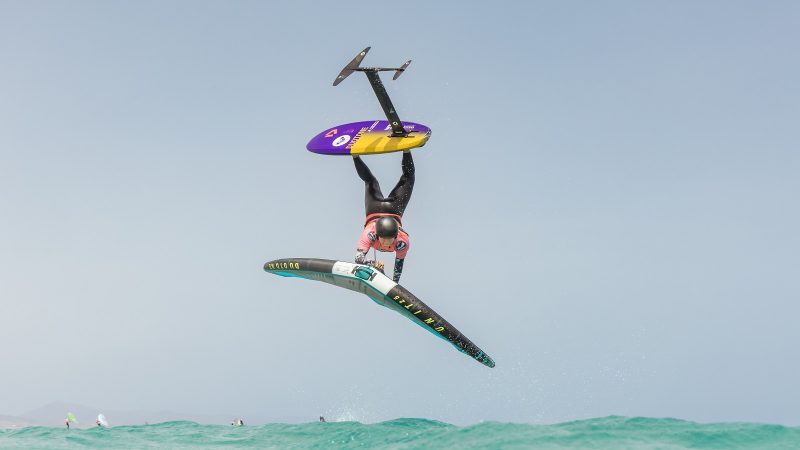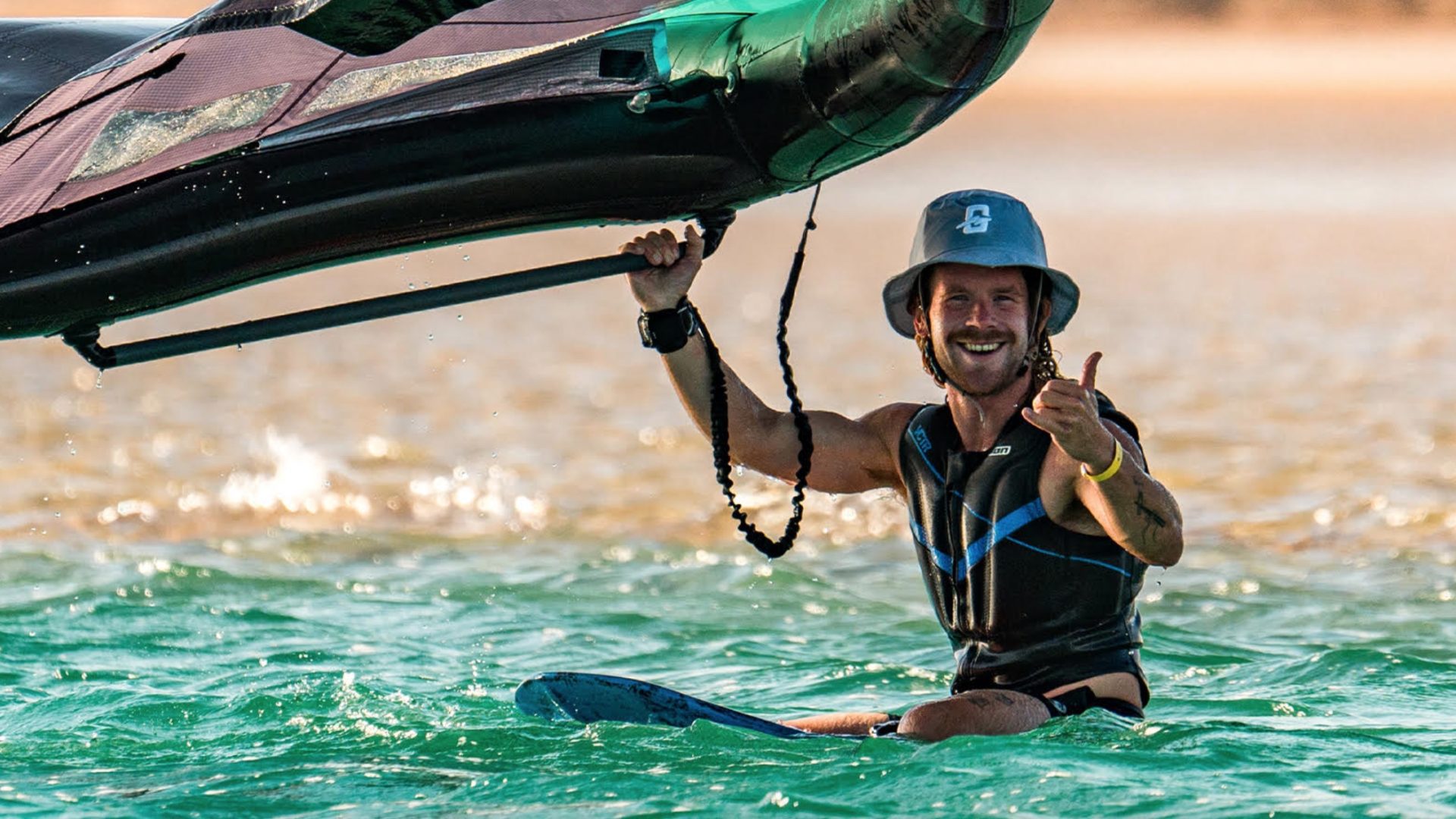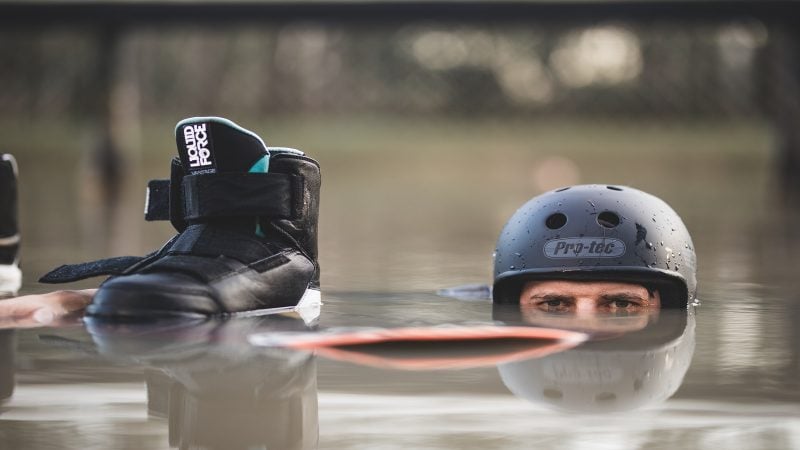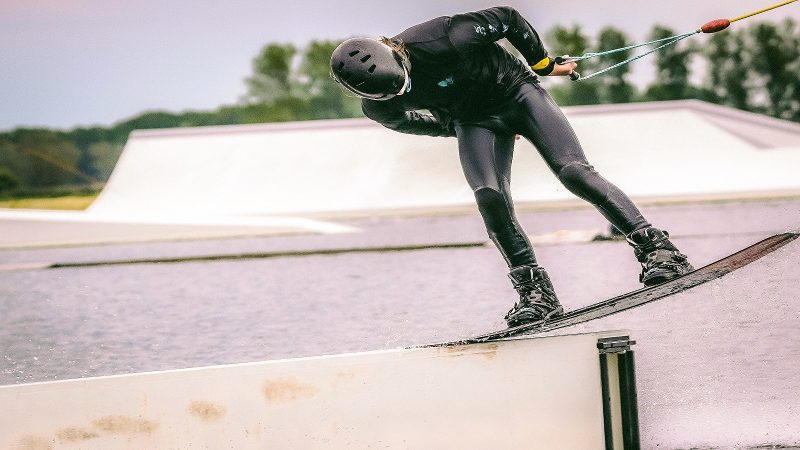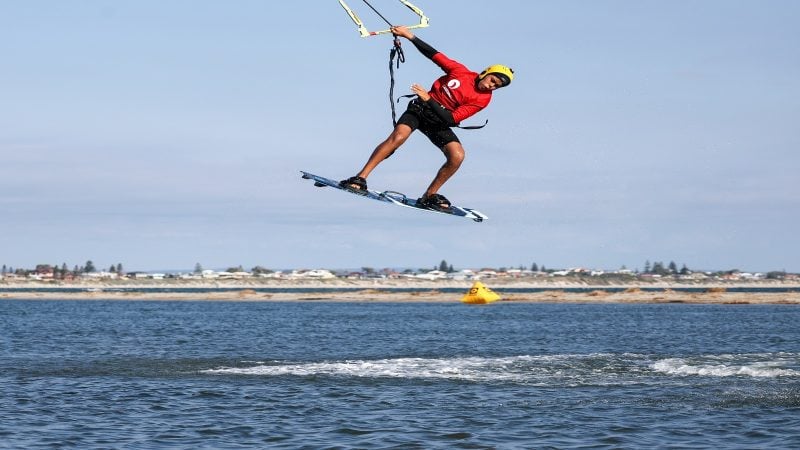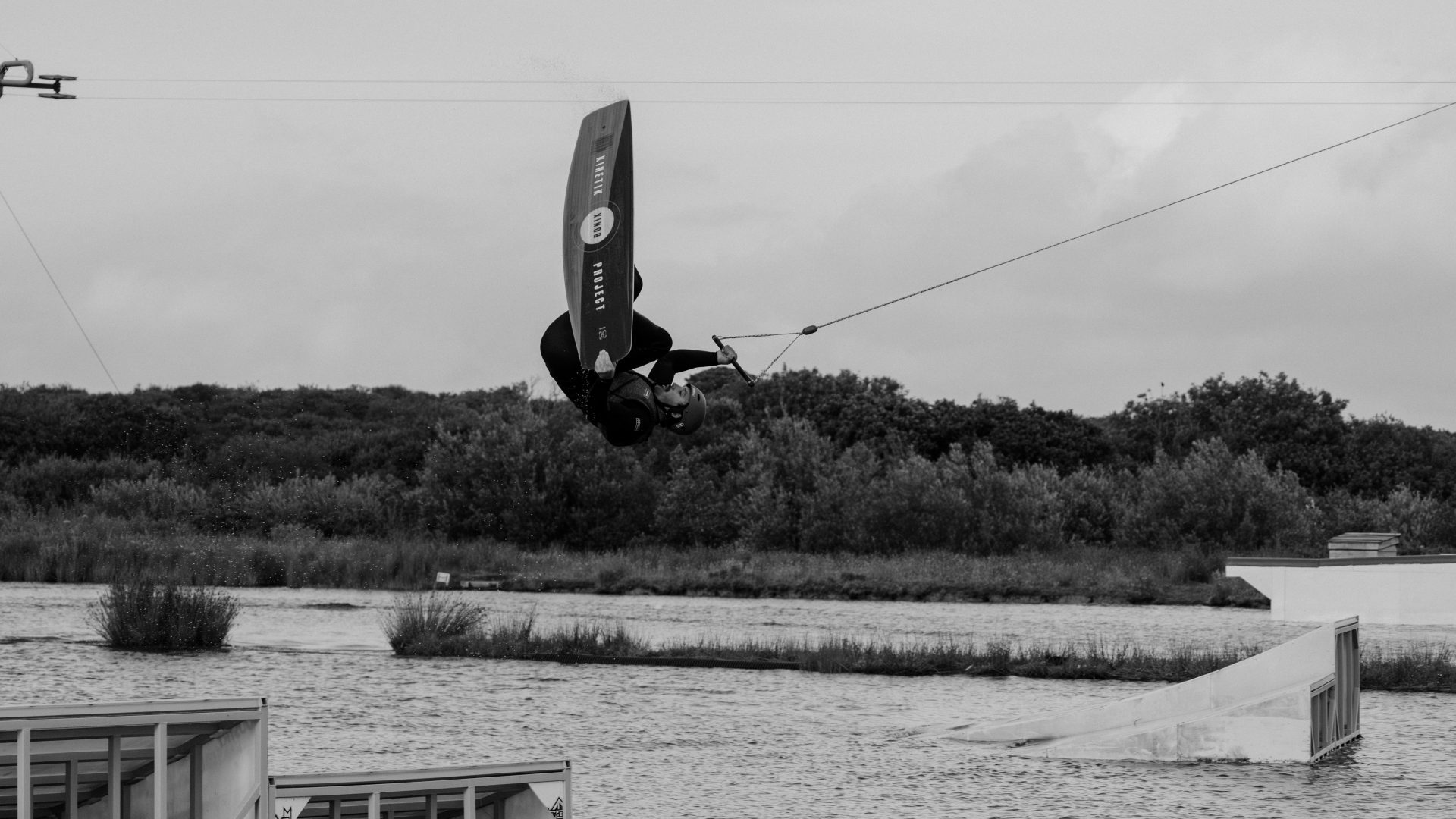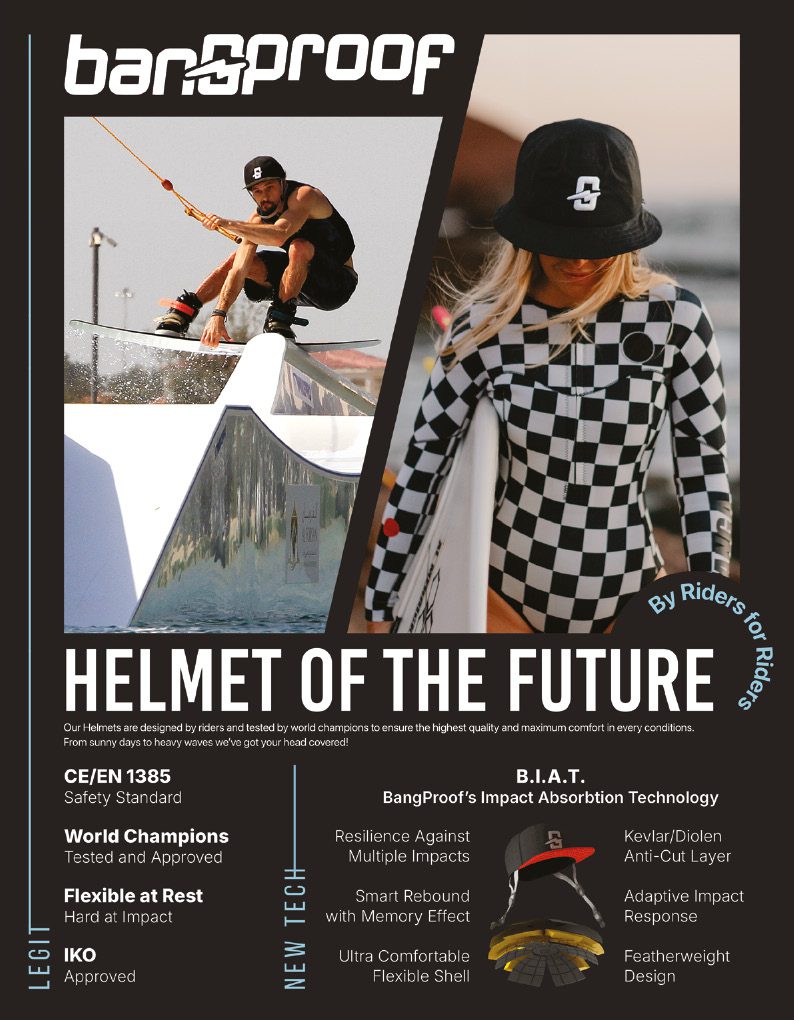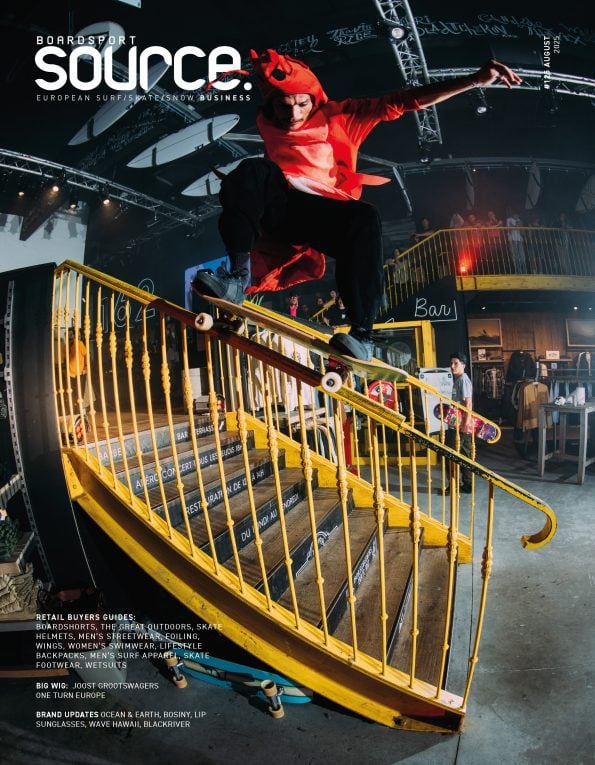Water Helmets 2025 Retail Buyer’s Guide
The helmet adoption in skiing, snowboarding and cycling slowly infuses across to the watersports category, while at the same time new water-specific alternative designs emerge. By David Bianic
‘Life is better in boardshorts’, goes the legendary Billabong motto. But boardshorts with a helmet on… Meh. The future will undoubtedly prove me wrong, as snowsports did. In the 2002/2003 season, 14% of skiers and 20% of snowboarders used a helmet in Switzerland according to a 2023 study. 20 years later, the rates increased to 95% and 92%. Among the many triggers towards a larger adoption of water helmets, the Olympics played a significant role, says Jack Knowles, Sales Manager at GUL Watersports. “Naturally, if Olympians are wearing helmets, then it will filter down to all levels. Younger people will grow up with a helmet being a wardrobe staple for their watersport I think.”
And do not underestimate the role of social media suggests Benjamin Tillier, Marketing Manager at Forward WIP: where is the best location to attach an action cam mount? On a helmet of course. “The shift happens when safety, performance, and style align, and that’s exactly where we’re positioning BangProof”, tells Przemek Drosik, Founder & CEO. To him, the key to mass adoption is making helmets that people want to wear, hence their unique take on the category, a lightweight, flexible, and cap-style water “helmet”.
Water helmets segmentation
Wakeboarding and kiteboarding pretty much stole the show until foiling came into existence. “Whether it’s downwind foiling, wing foiling, or tow-in big wave foiling, the risk of high-speed falls and contact with the foil is serious”, says Przemek at BangProof. As foiling gathered participants from all the boardsports spectrum, the use of helmets trickled down in their first discipline: “Windsurfing is a good example as nobody was using a helmet before the arrival of the foil 10 years ago”, mentions Benjamin at Forward WIP. The next big move could well be e-foiling according to Marcel Korner, CEO of TSG, one of the leading brands in the boardsport helmet game and beyond. As per Pro-Tec, another top helmet brand, they remain focused on wakeboarding, with 3 models – Full Cut Water, Ace Wake and Ace Water.
Since the World Surfing League and the Paris Olympics promoted the use of helmets on the surfing competitive scene (in waves of consequence), the surfing helmet is experiencing a revival, introduced by Western Australian surfer Ricky Gath in 1989. “Traditional surfers may be slower to adopt, but innovation in comfort and style is helping bridge the gap”, says Marcel at TSG.
Technologies: soft shell vs hard shell
Benjamin at Forward WIP reveals that several studies all around the world report that more than 50% of surfing injuries are cuts to the head, “so we made the choice of hard shells with different levels of protection with always a shock absorber and UV protection”. Hardshells also offer the safety of certified standards as reminded by Federico Infantino, Marketing & Team Manager at Gath: “Our products are following the tests and protocols of the most important water safety certifications as EN1385, Surf Life Saving Australia, CRITT Protocol CS-003 05/2019.”
The TSG expertise in the helmet industry led them to the use of “proven construction methods and materials – like ABS hardshells and snug fit systems – from our skate, bike and snow ranges”, combined with water drainage channels, quick-dry linings, and removable earpads for seasonal versatility. Newcomer to the water helmet scene, Oakley introduced in Fall 2024 a unique design with the WTR Icon. The hard but yet opened shell offers ventilation and water drainage like no other, completed with a ¾ shell coverage which prevents eardrum blowouts. Made in ABS with D3O® technology, the WTR Icon has an EN-1385 white water certification.
But recently, new options came on the market, which are not exactly in competition with the former: soft helmets. Imagine a rugby helmet wrapped in a cap. While Przemek at BangProof believes traditional hardshell helmets provide maximum impact resistance on high-speed crashes and obstacles like rails, “soft helmets, on the other hand, are lightweight, flexible, and comfortable, making them more appealing for surfers who want minimal interference”. Therefore, BangProof pioneered a hybrid approach that delivers CE EN1385 certified protection, “more like a cap than a helmet”. Their bucket hats and snapbacks share the same impact absorption technology, with diolen/kevlar anti-cut layers and retention system. Forward WIP also offers the Cool Cap Bump Shell, the first certified EN812 water protection cap, a lightweight low-profile solution to absorb minor impacts and prevent cuts.
Retailer Support
One of the best USPs we found is versatility, as in the TSG All Terrain helmet, designed for multi-element use, coming with specific accessories for water, winter, and urban sports, “and is certified for all”. In the same spirit, the overhauled Gul Evo has been designed with multi-sports in mind, “featuring e11even vents technology for optimal air flow across a variety of sports and seasons”, while the outer EVA shell paired with the cold pressed EVA foam liner ensures durable, long-lasting protection. The multipurpose design is a no-brainer for retailers hesitating to stock specific water-helmet.











